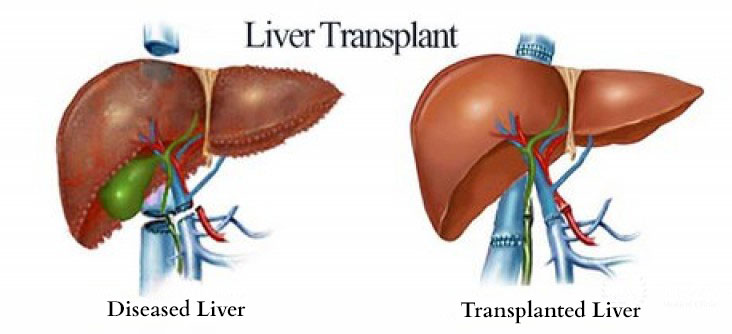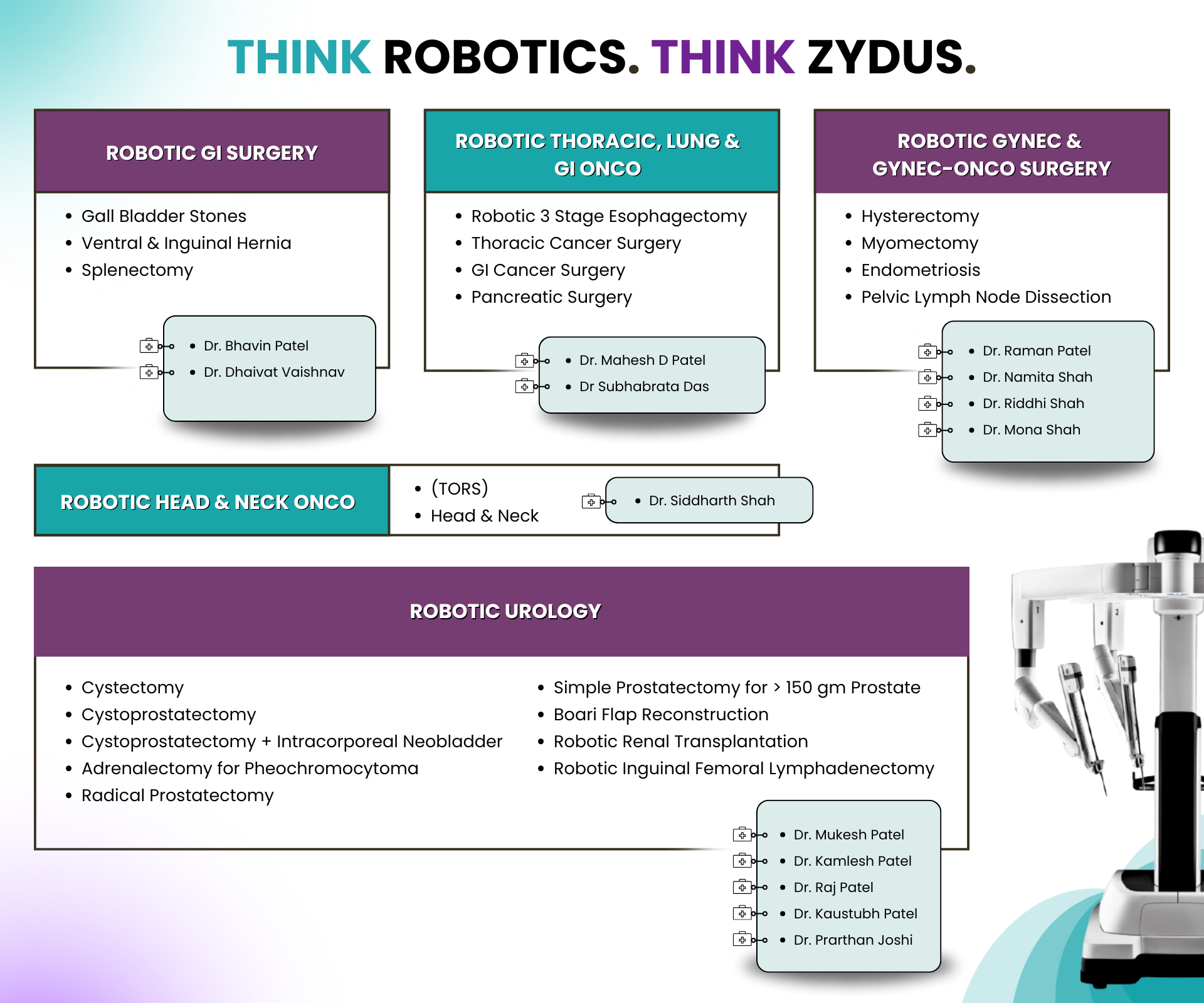
Liver Transplant
- Medical Specialities
- Liver Care
- Liver Transplant
-
Liver Transplant
-
When the liver doesn’t function adequately or liver disease has progressed to higher stages and is damaged beyond repair, a liver transplant is recommended.
-
It is a surgical procedure performed to remove a part of the diseased or injured liver and replace it with a whole or a portion of a healthy liver from another person (dead or alive), called the donor. Since the liver has regenerative properties, a transplanted segment can grow to normal size within a matter of a few weeks. Liver transplants are usually reserved as the last treatment option for patients with end-stage liver disease or liver failure.
-
The new Liver can be from two sources:
-
Living Donors: from one’s own family, or someone who is blood group compatible. It is called Living Donor Liver Transplant (LDLT).
-
Deceased Donors: from a brain-dead person whose family has agreed for donation. It is called Deceased Donor Liver Transplant (DDLT).

-
The transplanted Liver then continues to function in the new body – the host body – under cover of immuno-suppressants
-
A related living donor with a matching blood group can donate up to 70% portion of their liver
-
This process ensures that those in need of a liver transplant have options based on their condition and available donors
-
Recently the experts at Zydus hospital have also performed ABO incompatible Liver Transplant.
-
The causes for Liver Transplant are
-
- Alcohol-related Liver diseases
- Chronic Hepatitis, including hepatitis B and Hepatitis C.
- Autoimmune Hepatitis Disease caused by abnormality of the immune system
- Vessel Diseases - Budd Chiari Syndrome
- NASH, or Non-alcoholic Steatohepatitis, a disease caused by buildup of fat in the liver
- Some genetic conditions, including Wilson disease (dangerously high levels of copper build-up in the liver) and Hemochromatosis (excess iron in the liver)
- Bile duct Diseases - Primary biliary cholangitis, Primary sclerosing cholangitis, and biliary atresia
- Primary liver cancer that originate in the liver, such as hepatocellular carcinoma,is amenable to liver transplant. Unfortunately, in most cases, individuals are diagnosed late, making transplant impossible.
-
Deceased Donor Liver Transplantation
-
Deceased Donors are brain-dead, and whose families have agreed to donate, and the procedure is called a Deceased Donor Liver Transplant (DDLT).
-
- Organs come from brain-dead donors
- Allocation is done based on blood group and MELD score
- MELD score (6-40) indicates the patient's condition
- A higher MELD score gets priority for a matching liver
-
Living Donor Liver Transplantation
-
Living Donors are usually from a patient’s own family or someone who is blood group compatible, and the procedure is called a Living Donor Liver Transplant (LDLT).
-
A donor is:
-
- One who is from the patient’s family (1st or 2nd-degree relative)
- A healthy individual or with controlled co-morbidities
- One with the same or compatible blood group as that of the recipient
- One with a sound state of mind, and falls in the age range of 18-55 years
- Voluntary donor, and is not coerced into donation with financial incentives
-
The donor is selected and evaluated on the basis of the following:
-
Evaluation of Recipient
-
- Finding out the etiology of acute liver failure / chronic liver disease
- Haematological and Biochemical evaluation: Complete blood count, Liver and renal function tests
- Lipid profile, Iron studies, Cytomegalovirus IgG/IgM
- Thyroid profile
- 24-hour urine analysis
- Tumour markers
- Cultures (blood and urine c/s)
- Imaging
studies
- Ultrasound of the abdomen with Doppler studies
- Triphasic CT scan of the abdomen
- Bone scan and high-resolution CT scan of the chest
- MRI with Venography
- Patient is under general anaesthesia
- Damaged liver is removed
- Donor liver is implanted and connected to blood vessels and bile ducts
- Recovery
- Expect pain and discomfort
- Hospital stay for 2-3 weeks for monitoring, immunosuppressant dose adjustment, and rehabilitation
- Medications to prevent rejection and manage issues
- Regular check-ups with transplant team for liver function and health
- Discharged within 2-3 weeks
- Wear masks, avoid crowds for 3 months
- Regular blood reports with follow-up
- Quality of life returns to normal and patient can resume work in 3 months
- Liver regenerates within 1.5-2 months
- Regular follow-ups with tests for one year
- No lifelong medication
- No restrictions, except no smoking or alcohol consumption

Search Doctor / Diseases
The Transplant Center of Gujarat
-
LIVER TRANSPLANT
-
200+ successful transplants done
-
A full-time dedicated team of 20+ members of Liver Transplant Surgeons, Hepatologists, Intensivists and Anaesthetists
-
Exclusive Class 100 Modular Liver OT and Liver ICU with strong infection control standards
-
KIDNEY TRANSPLANT
-
300+ successful transplants completed by the experienced and dedicated team of Senior Consultants in Nephrology and Urology
-
State-of-the-art 50 bed advanced Dialysis Centre with facilities for CRRT, SLED, HDF and CytoSorb
-
HEART TRANSPLANT
-
Highly experienced team of Heart Transplant Surgeons and Cardiologists
-
State-of-the-art infrastructure with exclusive Cardiac Critical Care Unit, ECMO Facility, Advanced Cath Lab and Left Ventricular Assist Device (artificial heart) Facility
-
BONE MARROW TRANSPLANT
-
200+ Haematopoietic Stem Cell Transplants at hi-tech BMT Unit
-
Highly experienced Haematologist, Intensivists and BMT-trained Staff, supported by Radiation Oncology Department with TBI treatment


